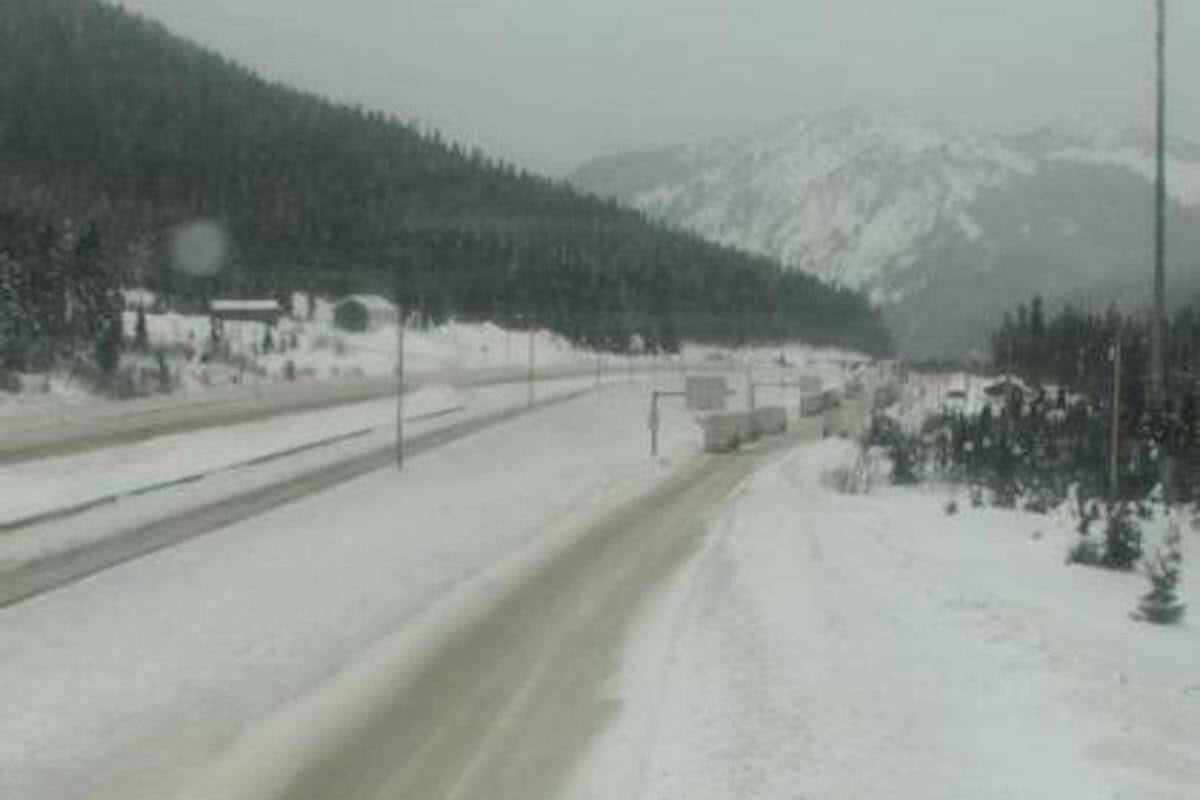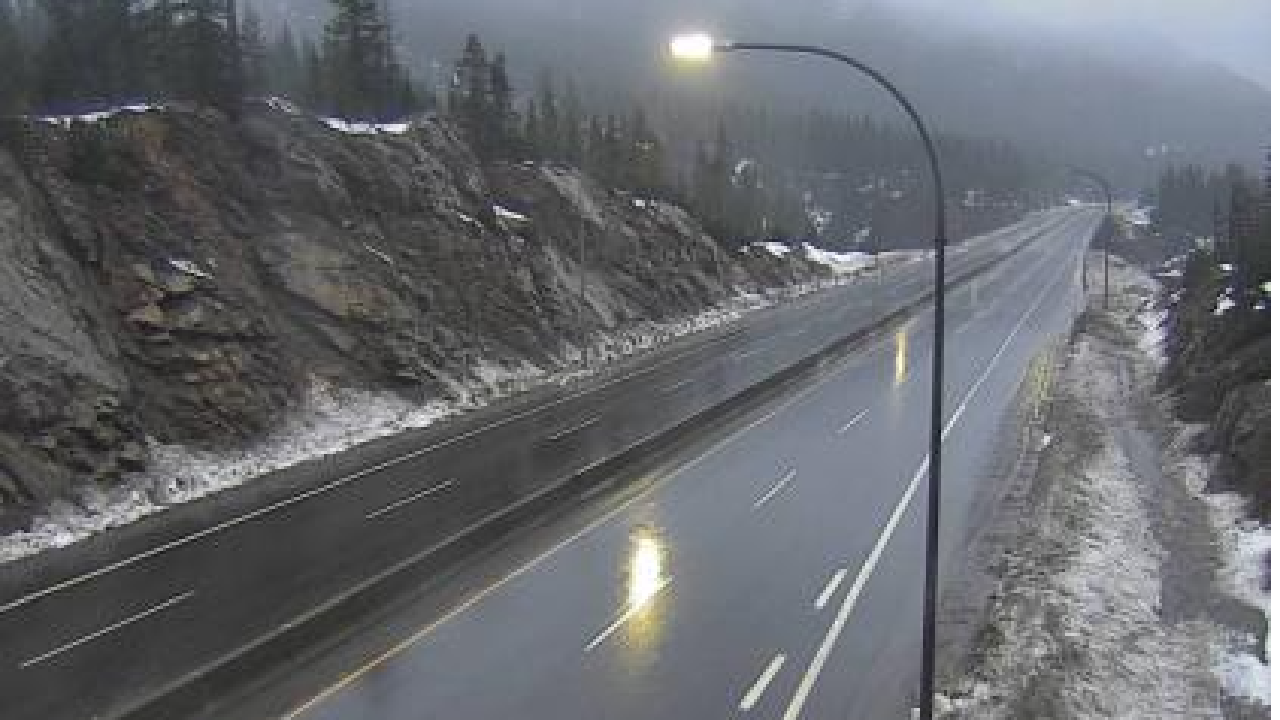Coquihalla weather cameras provide crucial real-time information about conditions on this vital British Columbia highway. The challenging terrain and frequent severe weather necessitate constant monitoring to ensure the safety of drivers and the smooth flow of traffic. This resource explores the technology, its impact on transportation, and future advancements in monitoring this critical mountain pass.
From snow and ice to high winds and fog, the Coquihalla Highway faces diverse and often unpredictable weather patterns. Understanding these conditions and their impact on transportation is paramount. This detailed look at the Coquihalla weather camera system will illuminate its role in maintaining safe and efficient travel.
Monitoring the Coquihalla Highway’s weather conditions often requires clear visuals. A reliable weather camera provides this, but for capturing stunning images of the dramatic landscape, even beyond the immediate weather conditions, I often prefer the superior image quality of my fujifilm x100v. The camera’s compact size makes it ideal for roadside photography, supplementing the data from the Coquihalla weather camera with captivating visual records.
Coquihalla Highway Weather Cameras: A Comprehensive Overview

The Coquihalla Highway, a vital transportation artery in British Columbia, Canada, presents unique challenges due to its mountainous terrain and unpredictable weather. This article explores the highway’s significance, the weather conditions it faces, the role of weather cameras in monitoring these conditions, and the impact on transportation and safety. We will also look at future developments and improvements in weather monitoring technology for this crucial route.
Monitoring the Coquihalla Highway’s weather conditions is crucial for safe travel, often relying on strategically placed cameras. The unpredictable nature of mountain weather highlights the importance of such surveillance, much like the need for regulations surrounding drone usage, as evidenced by the recent incident where a drone was nj drone shot down. This underscores the necessity for responsible technology use, a parallel to the careful management of information provided by the Coquihalla weather cameras.
Coquihalla Highway: Geographical Significance and Economic Impact

The Coquihalla Highway (Highway 5) cuts through the rugged Cascade Mountains, providing a crucial link between the Lower Mainland of British Columbia and the Interior. Its geographical significance lies in its ability to connect major population centers and industrial areas, bypassing significantly longer and more challenging routes. This accessibility significantly boosts the economic activity of the Interior region by facilitating the transport of goods, resources, and people.
Commuters, tourists, and commercial transport vehicles heavily rely on the highway, making its efficient and safe operation paramount.
| Highway Section | Elevation (approx.) | Typical Weather Conditions (Winter) | Typical Weather Conditions (Summer) |
|---|---|---|---|
| Hope to Merritt | Variable, reaching significant altitudes | Heavy snowfall, ice, strong winds, freezing rain | Warm temperatures, potential for thunderstorms, occasional heat waves |
| Merritt to Kamloops | Lower elevations than Hope-Merritt section | Snow, ice, but generally less severe than Hope-Merritt | Hot, dry conditions, potential for wildfires |
Weather Conditions Affecting the Coquihalla Highway, Coquihalla weather camera
The Coquihalla Highway experiences a wide range of severe weather events throughout the year. Seasonal variations dramatically impact road conditions and travel safety.
- Snow and Ice: Heavy snowfall and ice accumulation are frequent, especially during winter months. These conditions can lead to hazardous driving situations and road closures.
- Fog: Dense fog can significantly reduce visibility, making driving extremely dangerous, particularly in areas with sharp curves and steep drop-offs.
- High Winds: Strong winds, especially at higher elevations, can create whiteout conditions and make driving difficult or impossible.
- Freezing Rain: This creates extremely slick road surfaces, posing a serious threat to drivers.
- Avalanches: In certain sections, the risk of avalanches is present, necessitating regular monitoring and proactive mitigation strategies.
Microclimates within the canyon sections of the highway can lead to localized variations in weather conditions, such as sudden temperature drops or localized fog patches.
The Role of Weather Cameras in Monitoring Conditions
Weather cameras utilize digital imaging technology to capture real-time visual data of atmospheric conditions. Along the Coquihalla, they are strategically positioned at key locations to provide comprehensive coverage of the highway’s most challenging sections. These cameras transmit images to monitoring centers, allowing transportation authorities to assess road conditions remotely. This real-time data significantly improves safety and efficiency by enabling timely warnings, road closures, and resource allocation.
Compared to other methods like weather stations (which provide point data), weather cameras offer a broader, visual perspective of conditions along the entire length of the highway. They can detect phenomena that point data might miss, like sudden fog patches or localized ice accumulation.
Interpreting Information from Coquihalla Weather Cameras
Interpreting camera feeds requires understanding visual cues. Heavy snow accumulation will appear as a thick white blanket on the road surface and surrounding landscape. Reduced visibility will be evident through a hazy or blurry image. Ice is often indicated by a sheen or glare on the road surface. High winds might be apparent through the movement of trees or snow.
Assessing severity involves comparing the current camera feed to established thresholds for visibility, snow depth, and ice coverage. However, limitations exist. Cameras cannot directly measure road surface temperature or ice thickness, and night-time visibility can be significantly reduced.
Descriptive Representation of Weather Conditions in Camera Feeds:
- Clear: Bright, sunny conditions with excellent visibility.
- Overcast: Cloudy conditions, potentially reducing visibility.
- Light Snow: A light dusting of snow on the ground and road surface, with good visibility.
- Heavy Snow: Significant snow accumulation, significantly reduced visibility.
- Icy: A glossy or reflective sheen on the road surface indicating ice.
- Foggy: Reduced visibility due to dense fog, with a hazy or blurry image.
Impact on Transportation and Safety
Weather conditions significantly influence traffic flow on the Coquihalla. Heavy snow or ice can lead to traffic delays, accidents, and even complete road closures. Safety measures include winter tire regulations, speed restrictions, and proactive road maintenance. Weather camera data informs transportation decisions, enabling authorities to implement these measures effectively and provide timely warnings to drivers. Ignoring weather warnings and relying solely on visual assessments can have severe consequences, including accidents and delays.
Future Developments and Improvements

Future improvements could include higher-resolution cameras, improved night vision capabilities, and the integration of sensors to measure additional parameters like road surface temperature and ice thickness. Integration with other transportation systems, such as intelligent transportation systems (ITS), would enhance the effectiveness of weather information dissemination. AI and machine learning could be used to automate the analysis of camera feeds, providing real-time alerts and predictions of hazardous conditions.
- Enhanced Night Vision Capabilities
- Integration with Advanced Weather Prediction Models
- AI-Powered Automated Hazard Detection
- Deployment of additional cameras in critical areas
- Integration with Variable Speed Limit Systems
The Coquihalla weather camera system stands as a testament to the importance of technological innovation in enhancing road safety and efficiency. By providing real-time visual data, these cameras contribute significantly to informed decision-making, mitigating risks associated with hazardous weather conditions. As technology continues to advance, the integration of AI and machine learning promises even more effective monitoring and improved safety measures for this crucial transportation artery.
Quick FAQs: Coquihalla Weather Camera
How often are the Coquihalla weather cameras updated?
The update frequency varies depending on the specific camera and system, but generally, images are refreshed every few minutes to provide near real-time information.
Are the Coquihalla weather cameras operational 24/7?
Yes, the cameras are designed for continuous operation to provide constant monitoring, regardless of time of day or weather conditions.
What should I do if I see hazardous conditions on a Coquihalla weather camera feed?
If you observe hazardous conditions, exercise caution, check official travel advisories, and consider delaying your trip if necessary. Contact emergency services if you encounter immediate danger.
